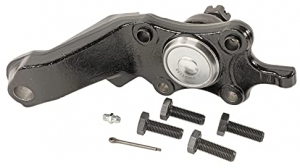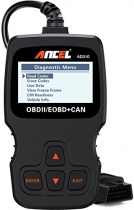-
Welcome to Tacoma World!
You are currently viewing as a guest! To get full-access, you need to register for a FREE account.
As a registered member, you’ll be able to:- Participate in all Tacoma discussion topics
- Communicate privately with other Tacoma owners from around the world
- Post your own photos in our Members Gallery
- Access all special features of the site
Question about replacing my 5-speed MT clutch in my 2000 2.4L 2WD base Tacoma
Discussion in '1st Gen. Tacomas (1995-2004)' started by Langing, Jan 5, 2024.
Page 1 of 6
Page 1 of 6


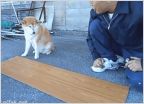 My fuel door lock is missing, any mods suggested?
My fuel door lock is missing, any mods suggested?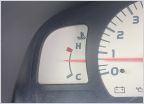 Temperature gauge sits high but temps are normal
Temperature gauge sits high but temps are normal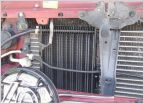 Quick question regarding transmission cooler
Quick question regarding transmission cooler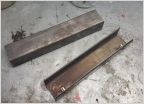 Steering rack replacement questions
Steering rack replacement questions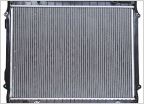 Cheap Radiator until Champion is fixed
Cheap Radiator until Champion is fixed





